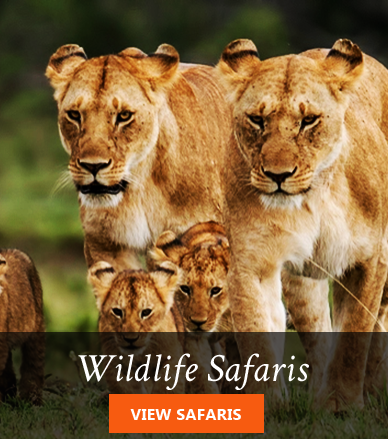The Seychelles archipelago is made up of 115 islands, set in an enviably gentle tropical latitude from 4 to 10 degrees south of the equator in the Indian Ocean. The inner core of islands, 41 of them, are granitic and include the largest island of Mahé and the capital city of Victoria, where all international flights to Seychelles arrive.
Surrounding the granitic islands are several groups of coral islands, some 74 of them, most with some of the most spectacular reefs in the world. With such a diverse geographic range, Seychelles is renowned as a sanctuary for numerous species of indigenous flora and fauna and will delight the visitor. Seychelles government maintains a delicate balance between tourism and nature, with conservancy at the forefront in any development – new or established. Because of this emphasis, Seychelles has many more indigenous species surviving and thriving than any other inhabited island group in the world.
The government is keen to promote sustainable tourism and is uncompromising when it comes to protection of its environment. 50 percent of the total landmass has been committed as National Parks, Nature Reserves or protected areas – 2 of which have been declared UNESCO world heritage sites, namely Aldabra Islands (the largest Atoll in the world!) with its 150,000 giant tortoises and Vallee de Mai on Praslin with the Coco-de-Mer, the worlds largest seed. Ornithologists might be lucky to catch site of endemic birds such as the magpie robin, Seychelles scoop owl, black parrot or paradise flycatcher.
The ideal Seychelles holiday should include visits to both the granitic and coral islands – and Hallmark Travel Planners are experts at creating tailored island-hopping trips. That said, however you experience Seychelles, you will be sure to find a warm, hospitable welcome from the locals, whose heritage ranges from European, Arab and Persian origins as well as Chinese and Indian. From this diverse background has come a wonderful melting pot that embraces the best of cuisine, music and culture in an idyllic setting. Seychelles Island-hopping is easy using Air Seychelles’ domestic flights, ferry or even helicopter. For those with good sea-legs, cruise, charter, or crewed yachts are available.
Dotted throughout the main islands is an enticing array of small restaurants which provide delicious Creole fare as well as international dishes. Prices are reasonable and well within the range of the average visitor looking to experience the gastronomy of the islands in stunning natural surroundings. Local artists fashion jewellery, craft wooden sculptures, design and make clothes and record CD’s of local music, all of which are for sale in galleries and boutiques throughout the principal islands. A stroll through the capital, Victoria, one of the world’s tiniest, will reveal a treasure-trove of souvenirs to take back home.
On Mahé and Praslin islands, a good network of local, inexpensive bus routes offer itineraries for more independently-minded travellers, while advantageous exchange rates help to make car-hire increasingly attractive. On the tiny laid-back island of La Digue, however, bicycles are the main form of transport – perfect for discovering idyllic unspoilt beaches!
Sailing is a great way to enjoy the diversity of the inner islands. A number of international and local charter companies offer a modern fleet of vessels, both skippered and bare-boat, to suit most budgets. Fishing expeditions into Seychelles’ fish-rich waters are possible on the same basis. Another dimension to Seychelles natural beauty is that found beneath the waves; numerous dive centres offer attractive packages for aficionado and novice alike.
With abundant sea life, tropical gardens and some of the most diverse island geography in the world, a Seychelles holiday is a natural. Whether relaxing on the beach, engaging with the environment, or simply soaking up the ambiance, Seychelles is truly unique.




Leave a Reply